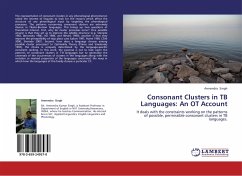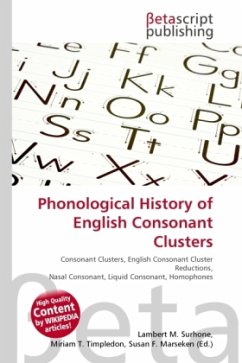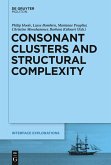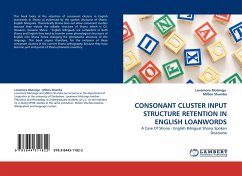The representation of consonant clusters in any phonological phenomenon raised the interest of linguists to look for the reasons which affect the structure of any phonological input by targeting the phonological processes. The patterns concerning consonant clusters are extremely diverse in Tibeto-Burman languages. This brings up two questions of theoretical interest. First, why do cluster processes occur? One possible answer is that they act as to improve the syllable structure (e.g. Steriade 1982, Borowsky 1986, ItÔ 1988, and Blevins 1995); another is that they improve the perceptibility of stop place cues (Labov 1997, Hume 1998, CÔté 2000, Steriade 2001). Second, how does a language choose among possible cluster processes? In Optimality Theory (Prince and Smolensky 1993), the choice is uniquely determined by the language-specific constraint ranking. In this work, the purpose is not to look upon the patterns of consonant clusters in T-B languages but to generalize the universalsof the occurrences of clusters in the languages along with the variation or marked properties of the languages concerned, the ways in which how the languages of this family choose a particular CC.
Bitte wählen Sie Ihr Anliegen aus.
Rechnungen
Retourenschein anfordern
Bestellstatus
Storno








